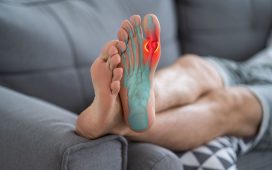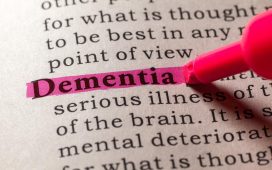Guidelines include 52 recommendations on evaluation, pharmacotherapy, invasive interventions, and nonpharmacologic interventions
By Elana Gotkine HealthDay Reporter
TUESDAY, Oct. 29, 2024 (HealthDay News) — In a clinical practice guideline (CPG) issued by the U.S. Department of Veterans Affairs and U.S. Department of Defense and published online Oct. 29 in the Annals of Internal Medicine, updated recommendations are presented for the management of migraine and tension-type headache (TTH).
Noting that the 2020 U.S. Department of Veterans Affairs and U.S. Department of Defense CPG for the management of headache was revised in 2023 in accordance with rapidly expanding and evolving evidence, Jason J. Sico, M.D., from the VA Connecticut Healthcare System in West Haven, and colleagues reviewed the recommendations relevant to primary care clinicians for treatment and prevention of migraine and TTH. Twelve key questions were developed, which guided a systematic search using predefined inclusion and exclusion criteria.
Fifty-two recommendations on evaluation, pharmacotherapy, invasive interventions, and nonpharmacologic interventions for selected primary and secondary headache disorders were included in the revised CPG. Newer calcitonin gene-related peptide (CGRP) inhibitors (gepants) are options for acute migraine treatment in addition to triptans and aspirin-acetaminophen-caffeine. Angiotensin-receptor blockers, lisinopril, magnesium, topiramate, valproate, memantine, the newer CGRP monoclonal antibodies, and atogepant can be used to prevent episodic migraine. For prevention of chronic migraine, but not episodic migraine, abobotulinumtoxinA can be used. Gabapentin is not recommended for episodic migraine prevention. Treatment of TTH can include ibuprofen (400 mg) and acetaminophen (1,000 mg); for preventing chronic TTH, amitriptyline can be used. Management of TTH and migraines can also include physical therapy or aerobic exercise.
“Clinicians should work with their patients in crafting treatment plans that account for headache type or types, comorbid conditions, and values and preferences,” the authors write.
Copyright © 2024 HealthDay. All rights reserved.








